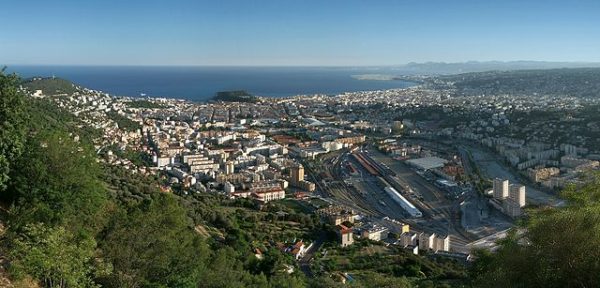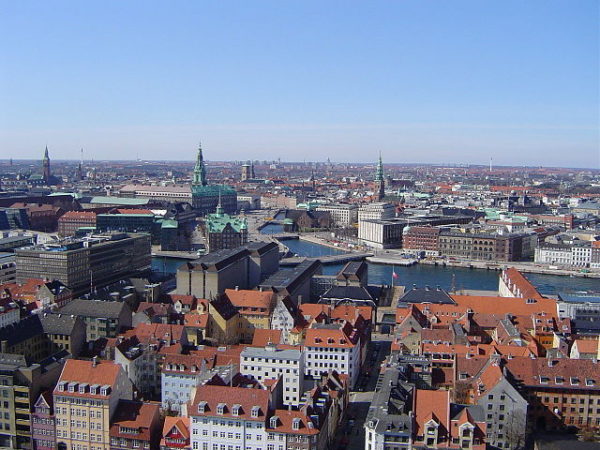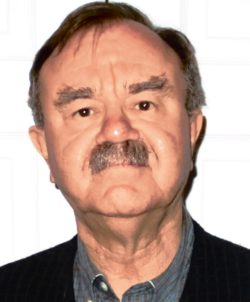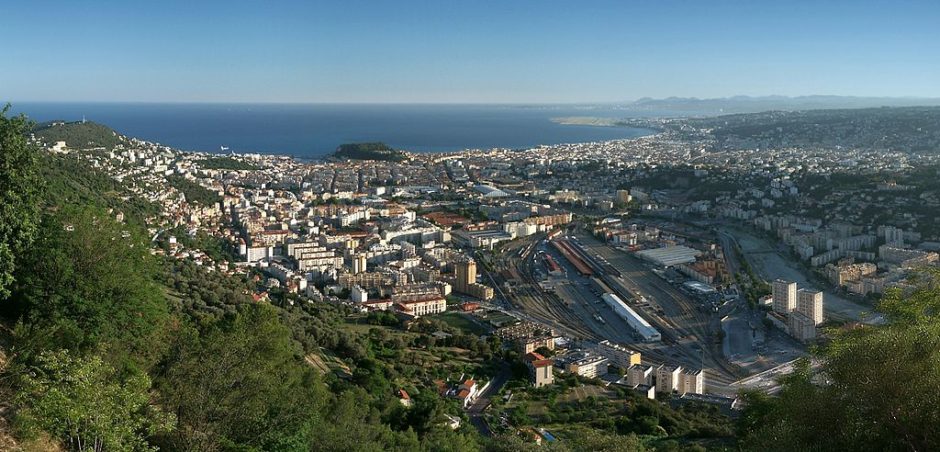On July 14, Bastille Day, a terrorist drove a truck into a crowd in Nice, France, killing 84 people.

In a particularly notorious incident two weeks later, two men stormed a church in Normandy before slitting the throat of an elderly priest.
In the streets of Saint-Denis, on the outskirts of Paris, extremists are recruiting extensively. Stabbings, shootings and car rammings have taken place every few months. It was here where the terrorists who committed the November 2015 Paris massacre, in which 130 people were slaughtered, hid out.
All told, jihadist attacks have killed some 250 people in France since the beginning of 2015.
Refugees were involved in four separate Islamic State-inspired terrorist attacks in Germany in a single week in July, killing 10 people, while another one was thwarted in October.
The likely target in the latest was a Berlin airport and the suspect, a Syrian refugee, is said to have arrived in Germany in February 2015 and been granted asylum five months later.
In Belgium, on March 22, two suicide bombings took place, at the Brussels airport and the Maalbeek metro station, killing 32 people.
Two female officers were attacked and wounded by a man wielding a machete and shouting “Allahu Akhbar” outside the main police station in the Belgian city of Charleroi in August.
There are milder forms of mayhem. At least 185 cars have been set ablaze in Copenhagen, the Danish capital, so far this year. In neighboring Sweden, more than 70 cars have been burned in the city of Malmo since early July. The fires were in the city’s immigrant Seved and Rosengard districts.

Dozens of cars have also been set on fire in Stockholm, and Goteborg, on the west coast of the country. Car burning has become a scourge there.
In France, too, riots in October-November 2005 saw thousands of cars and even schools set alight.
Most of the perpetrators of these crimes live in so-called no-go zones, enclaves that are almost exclusively populated by Muslims in otherwise prosperous cities. Some are now becoming separate Islamic societies where sharia, the Islamic legal and moral code, is effectively replacing the country’s own legal system.
These are areas of high unemployment, especially high youth unemployment. Young people in these places, marginalized and with few prospects, feel like victims. They are fertile ground for radical Islamic preachers and they become prime targets for jihadist propaganda, often after a stint in jail for petty crimes.
Philippe Galli, Saint-Denis’s most powerful French official, has admitted that the police are too frightened to enter alone most areas under his control. “The children of immigrants don’t recognise as their values those values that attracted their parents to France,” he added.
The German towns of Dinslaken and Wuppertal have also become hotbeds of Islamist radicalization. Jihadists in Germany are younger than they used to be, and their radicalization happens over a shorter period of time, according to the Federal Criminal Office.
In effect, the no-go zone, as Saint-Denis or Maalbeek have become, is a state within a state that provides shelter for radicals who may become terrorists. There are many others across Europe, such as Norrebro in Copenhagen, Denmark, and Tensta in Stockholm, Sweden.
A study released in September by the liberal Montaigne Institute reported that 60 percent of French Muslims support the right to wear the hijab headscarf in schools and other public institutions, where the garment has been banned since 2004, while 29 percent said sharia should be more important than French national law.
These findings are very troubling to most people in the country, a nation proud of its secular republican identity.
“But restricting such practices causes wounds that go much deeper than the prohibitions themselves: It allows Islamists to exaggerate the implications and accuse France of Islamophobia,” according to Farhad Khosrokhavar, a sociologist at the Ecole des hautes études en Sciences Sociales in Paris.
In Denmark, the Immigration Ministry has sought to avoid what it calls “parallel societies” of migrants living in “vicious circles of bad image, social problems and a high rate of unemployment.” No one knows if this will prove successful.
Muslims do not assimilate as easily as Europeans or some Asians, asserted Denmark’s culture minister, Bertel Haarder, partly because their patriarchal culture frowns on women working outside the home and often constrains freedom of speech.
In Germany, too, there has been mounting public anxiety over integrating newcomers, and there are now calls by conservatives for at least a partial ban on face coverings for women.
As Leon Hadar, senior analyst at Wikistrat, a geostrategic consulting group, wrote in the National Interest in September, Western secular liberals face a dilemma: “They cannot accept the idea that many Muslims living in the West, not unlike members of the ultra-Orthodox Jewish communities in Israel and the United States, don’t want to be ‘like us,’ and if anything detest the liberal and secular values that prevail in the United States and Europe.”
European political elites seem ideologically unable to confront this problem, so the reaction has been the growth of anti-immigrant parties such as the French National Front and the Alternative for Germany.
It leads pessimists to wonder whether Europe’s secular cultures will survive.
Henry Srebrnik is a professor of political science at the University of Prince Edward Island.

